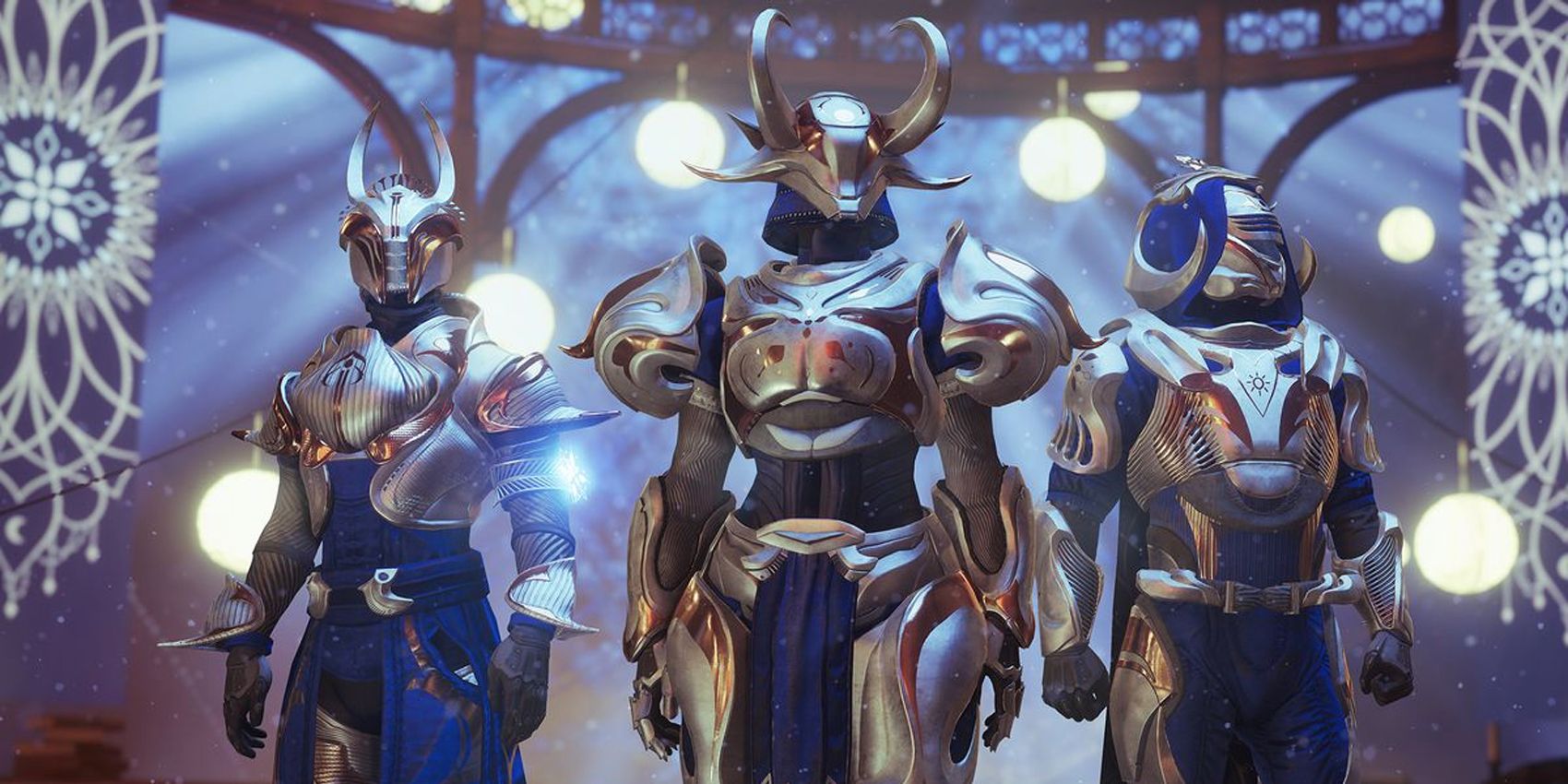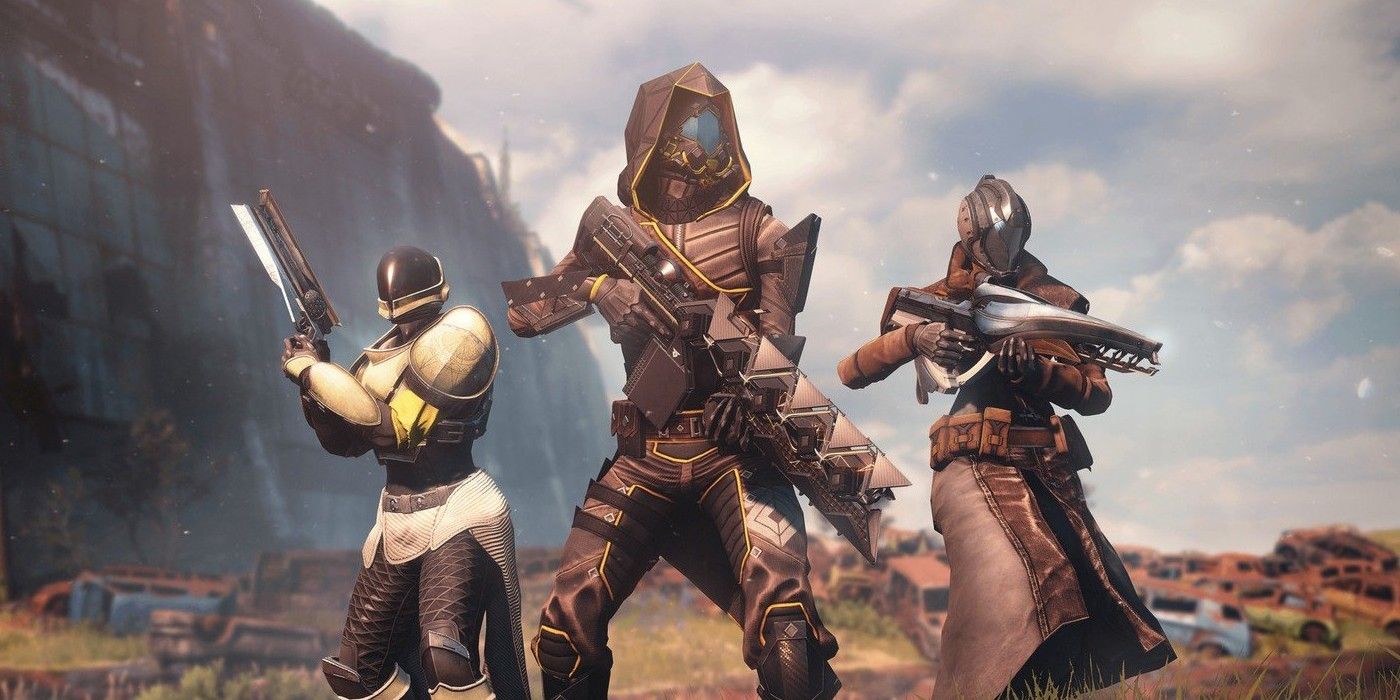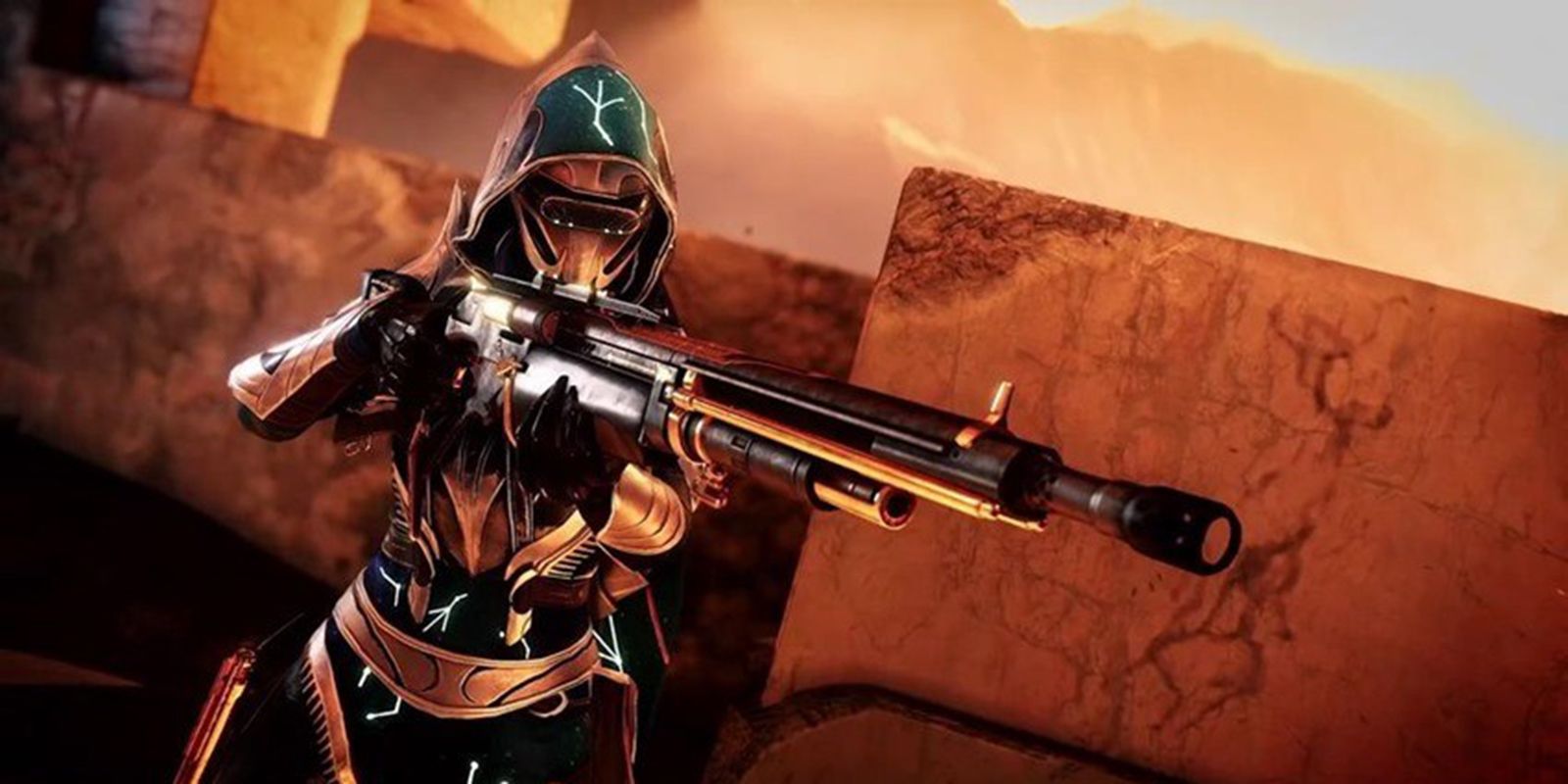
Introduced to Destiny 2 in late 2019, Armor 2.0 completely revamped the game's gear system, bringing a number of new stats to keep track of and ways to change them. For Guardians who are new to Destiny 2 or have been playing for years but still don't quite understand this system, this guide is here to be a guiding Light.
The goal of Armor 2.0 was to give players more agency in customizing their armor pieces to complement their playstyle and help them play their own way. This control comes in the form of armor mods, which affect a piece of armor's stats. It is important to note that this only applies to armor from Year 3 (the Shadowkeep expansion) and onwards; older gear pieces will have to be earned again to take full advantage of armor stats and modification.
RELATED: Destiny 2 Details Great Changes to Armor Mods for Beyond Light
There are six major armor stats for gear in Destiny 2: mobility, resilience, recovery, discipline, intellect, and strength. According to the game, mobility "increases your movement speed and maximum jump height," resilience "increases the amount of damage you can take before dying," recovery "increases the speed at which you regain lost health," discipline "increases the cooldown time of your grenades, allowing you to use them more often," intellect "decreases the cooldown of your Super ability, allowing you to use it more often," and strength "decreases the cooldown time of your melee ability, allowing you to use it more often."

With Armor 2.0, every piece of gear (with certain exceptions) will drop with random values for each of these stats. Each piece of armor has a value of 1 to 100, with every 10 points giving that particular stat a boost in effectiveness; for example, a resilience stat of 60 will allow players to take more damage than a stat of 30. Equipping different armor sets will change stats in different ways, which is designed to encourage player experimentation.
If Guardians find a piece or set of armor that they are partial to, however, they can upgrade those pieces of gear to enhance their stats. Each piece of armor has an elemental affinity tied to it that determines what mods it is compatible with (more on mods in a minute).
Armor pieces can also be upgraded up to level 10, with each level increasing its base stats. Leveling up armor costs Glimmer, as well as materials like Legendary Shards. When an item reaches level 10, it achieves "Masterworked" status and gives it a +2 stat boost.

As stated above, armor stats are also affected by mods, which can give gear perks as well as boosting certain stat values. Every mod has a value, with some being higher than others. The higher an armor piece's level, the more mods a player can equip. For example, if a player has a level 3 helmet, they can only equip one level 3 mod; if they upgrade that same helmet to level 7, they can equip a level 3 mod, as well as two additional level 2 mods.
Since Armor 2.0's introduction, Bungie has also added different variations to mods, including seasonal mods that provide specific perks for that season's special activity. These function similarly to regular mods, just with more unique perks and a limited time to utilize them.

Armor 2.0 also affects Exotic-level gear, though these special pieces of gear feature a few key differences from regular armor. Exotic armor still have random stat rolls, but they come equipped with one perk besides their Exotic perk—meaning players do not need to add a mod to gain a perk, though they can add more perks once they level up the Exotic gear. This gives Exotic gear even more of an edge over even Legendary-level gear and encourages players to use their mods wisely to give this high-tier armor the perfect stats.
Armor stats can seem imposing at first glance, but with a little experimentation even the most inexperienced Guardians can create finely-tuned gear.
Destiny 2 and its expansions are now available on PC, PS5, PS4, Xbox One, Xbox Series S|X, and Stadia.

